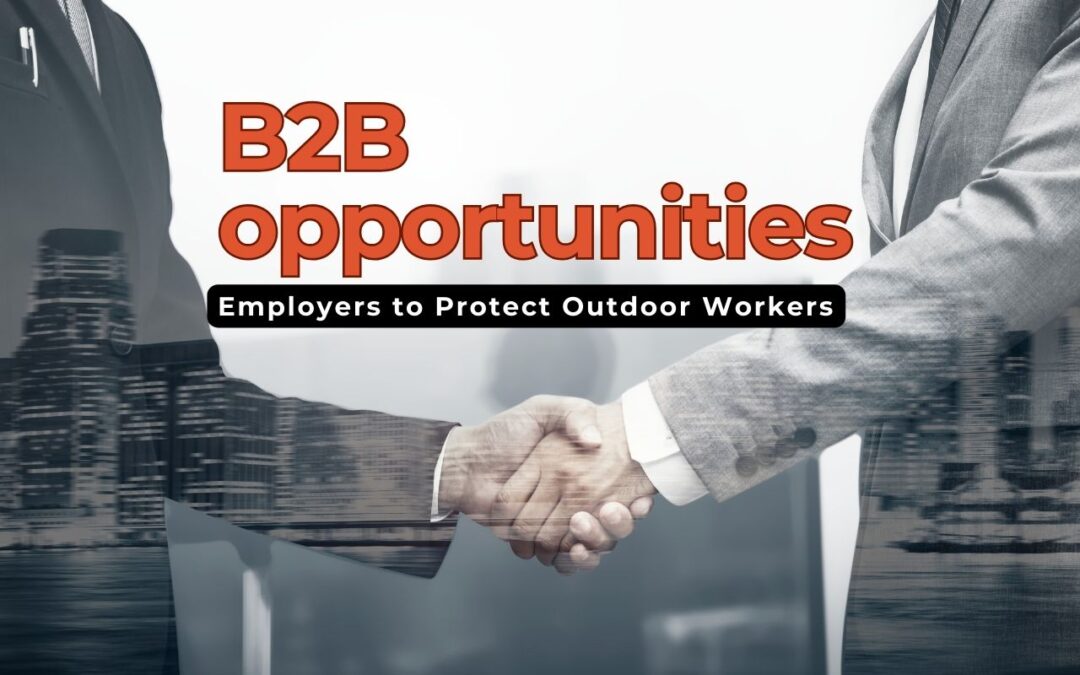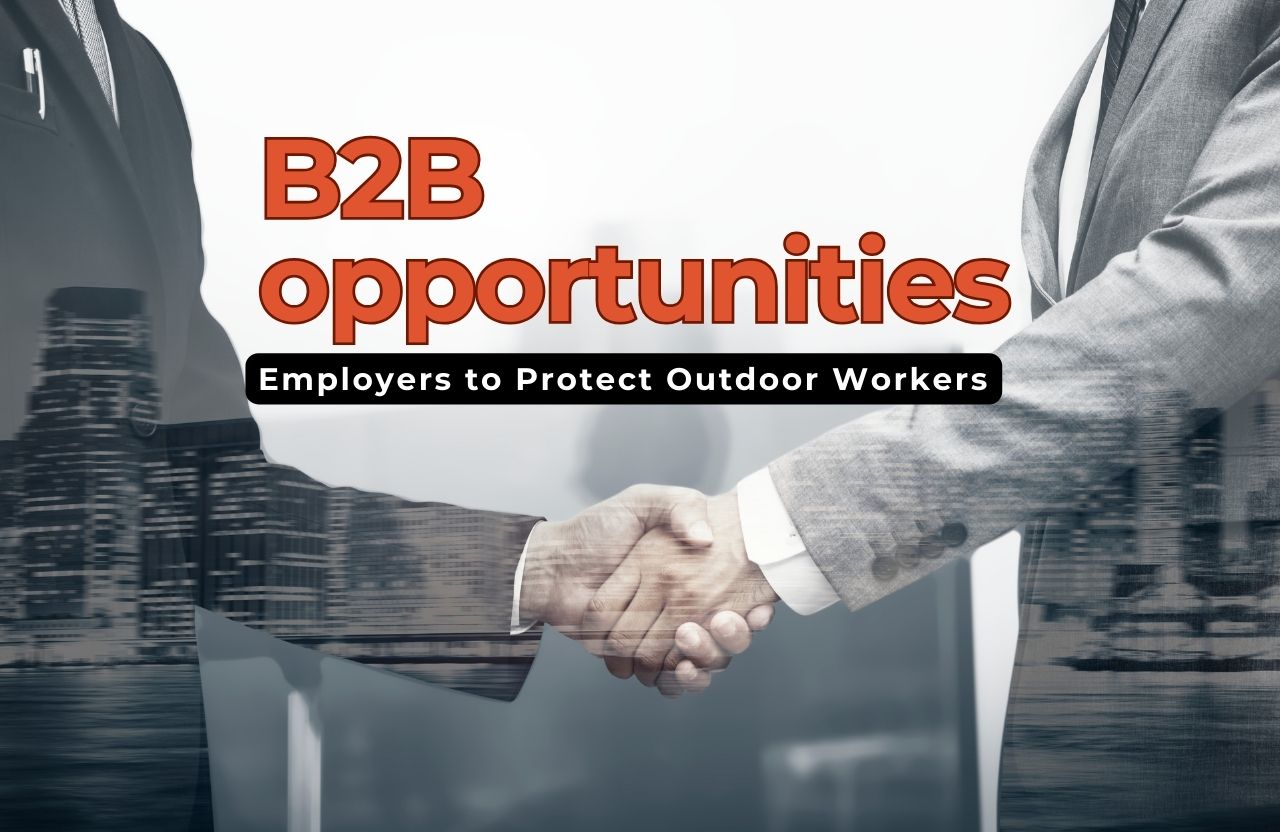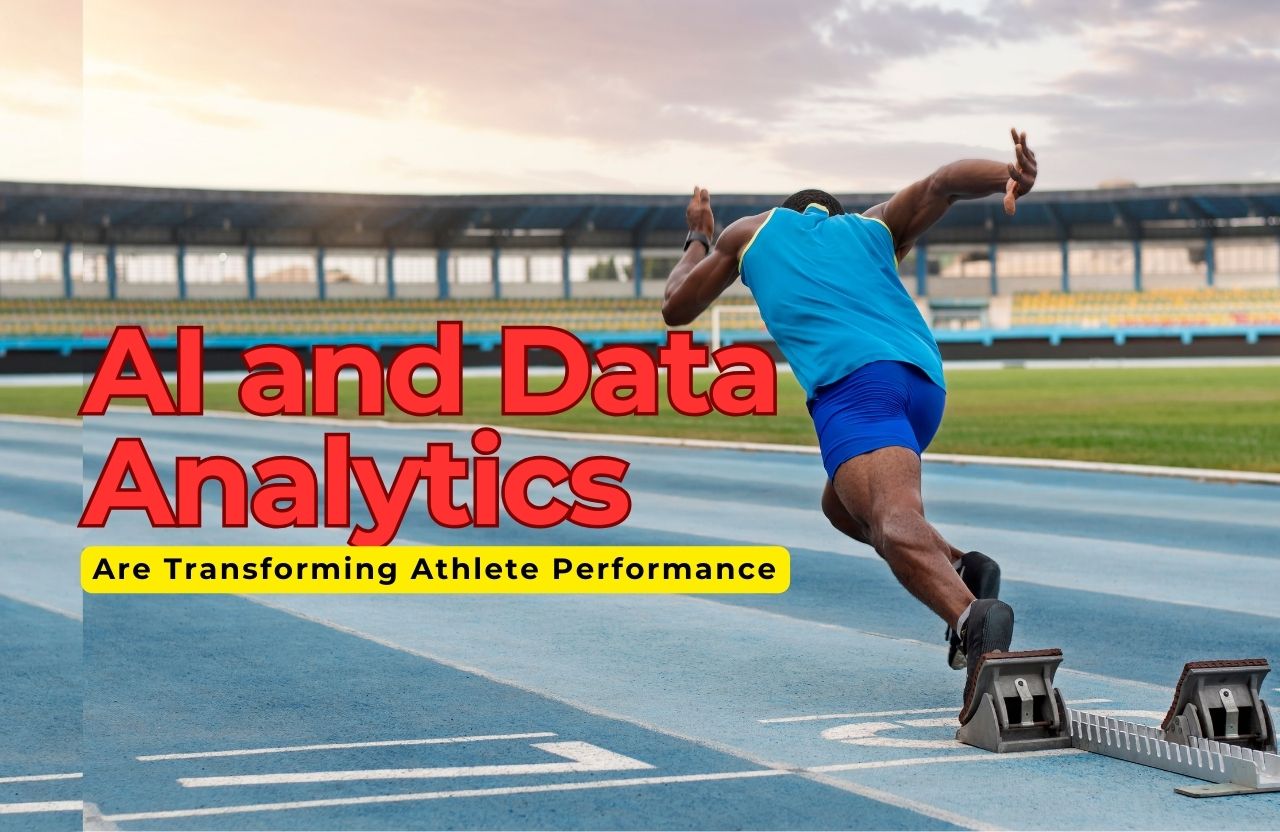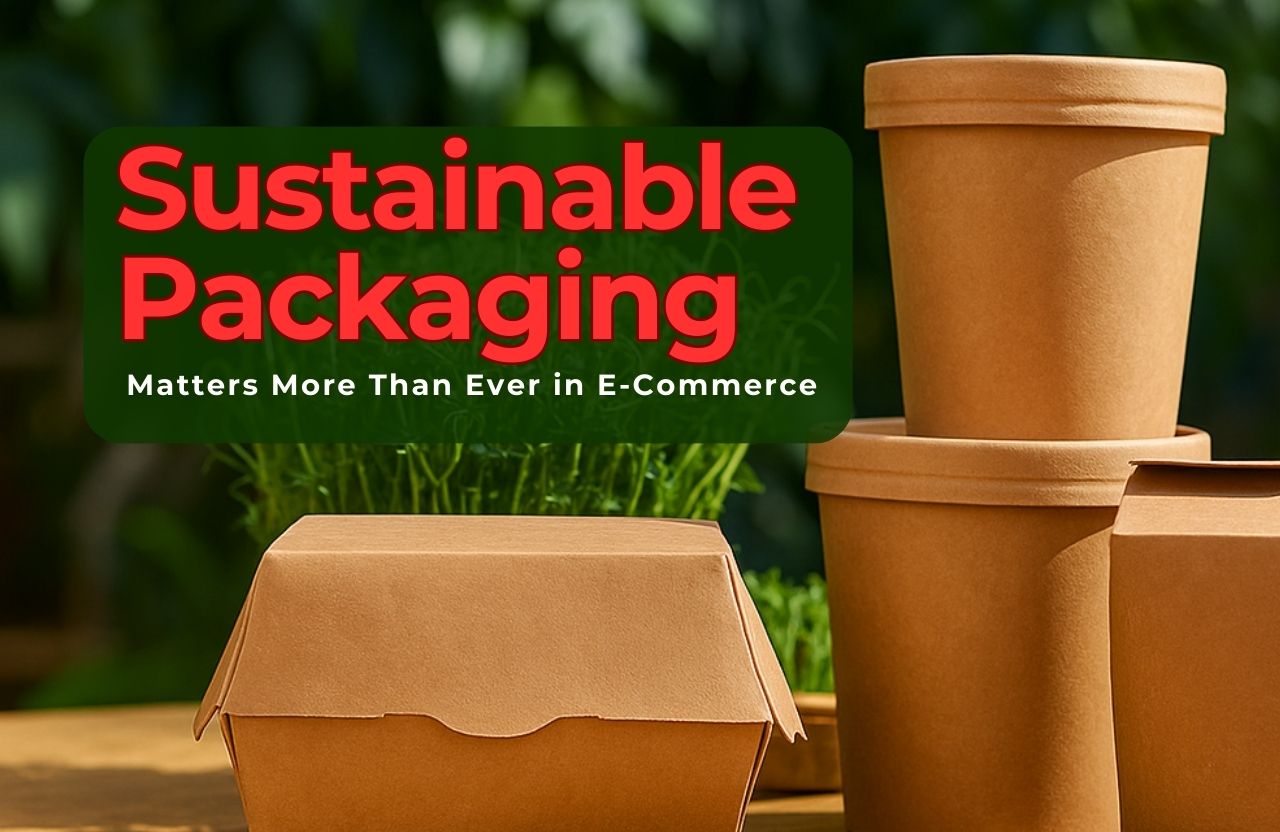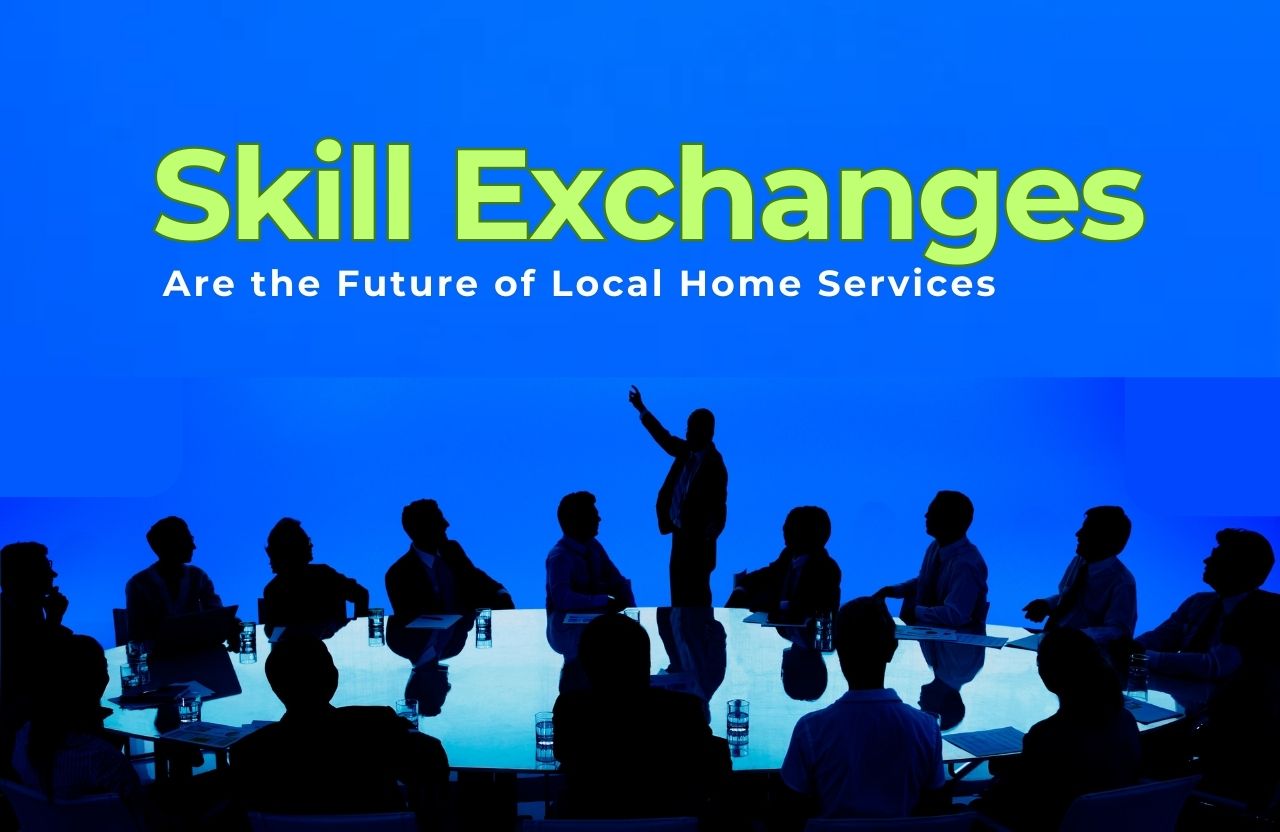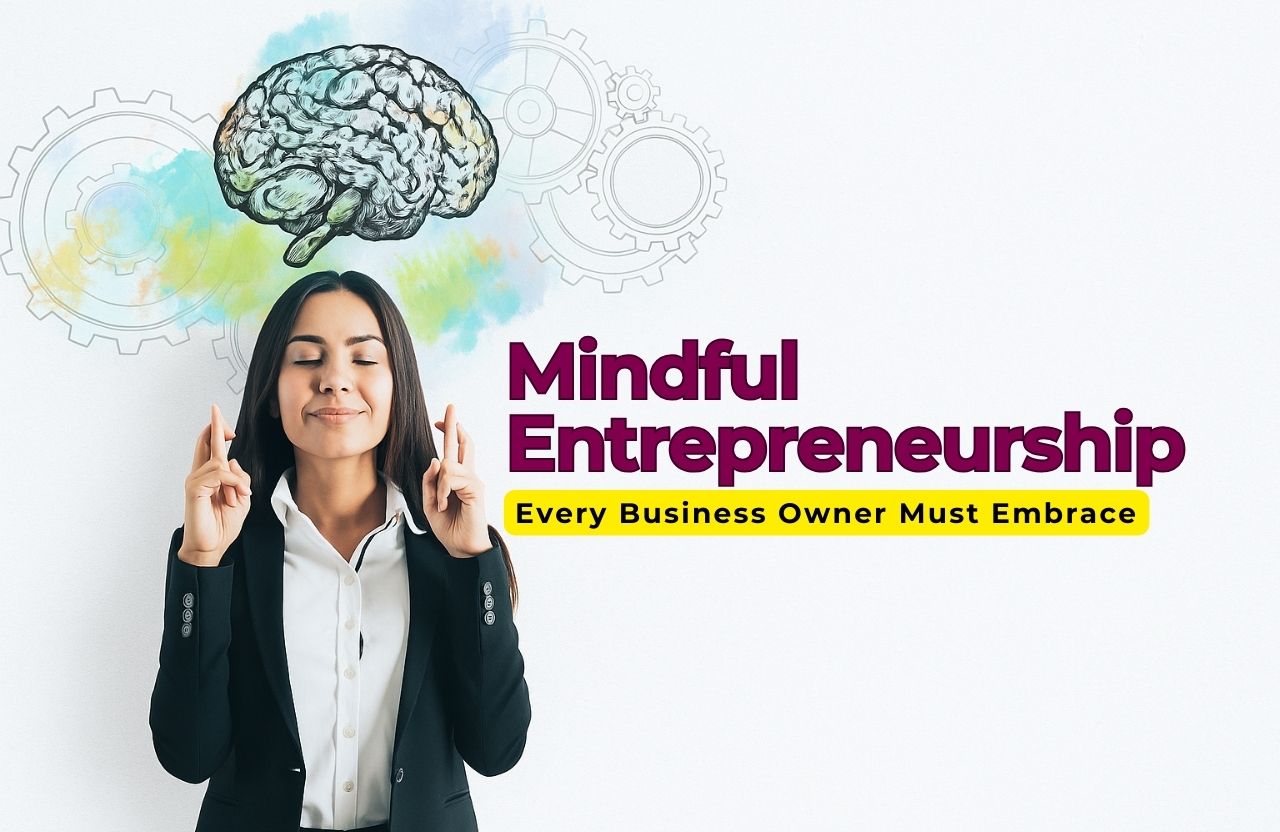The increasing severity of heat waves threatens millions of outdoor workers all around the world. Outdoor workers, whether they are farmers, construction workers or numerous other jobs cancelled due to heat, face health risks of heat stroke, dehydration and long-term disease. B2B opportunities, Business owners have to consider these risks not only to comply with health and safety but also as an issue of their businesses.
This emerging reality creates B2B opportunities as businesses now need to partner with companies like safety technology, wellness companies or even a digital platform like Microsoft B2B collaboration tools to ensure the safety of outdoor workers, while also ensuring the efficiency of their operations.
Why Outdoor Workers Need Special Protection
Heat Risks and Productivity Loss
- According to the International Labor Organization, by 2030, 2% of the world’s overall working hours will be impacted by heat stress (equivalent to 80 million full-time jobs) in the agriculture, construction and logistics sectors.
- Outside workers in India tend to normalize heat stress but measures like hydration stations, shade shelters and rescheduling shifts have produced tangible gains. (NRDC Report)
Legal and Regulatory Pressures
- Regulators are making heat protection policies mandatory.
- For instance, California mandates employers to arrange shaded rest breaks during high temperatures above specific levels or pay a fine.
The Role of B2B Partnerships in Worker Protection
Working with Safety Equipment Suppliers
Companies can collaborate with PPE vendors selling cooling vests, UV -resistant equipment and hydration packs at work to better protect workers from extreme heat.
Using Health & Wellness Programs
Working with business-to-business wellness providers can introduce hydration, nutrition and stress reduction programs that help to reduce absenteeism immediately but have an overall impact on employee well-being over the long term.
Insurance and Risk Management Partnerships
Insurance companies are now offering lower premiums to businesses that show active heat-protection practices, so B2B collaboration is not only ethical but economically wise.
Technology-Driven B2B Solutions
- Wearables and Monitoring Systems
Technologies such as SlateSafety’s armbands and Georgia Tech’s heat biopatches track body temperature, hydration levels and stress by providing real-time notifications to employers. (Benchmark Gensuite )
- Cooling Clothes and Shelters
From phase-change cooling uniforms in Qatar’s World Cup initiatives to mobile shade structures in India, B2B solutions are addressing needs for cost-effective and scalable solutions.
- Digital Collaboration Tools
Here, Microsoft B2B solutions become priceless:
- Microsoft Entra for B2B Partnerships allow employers and vendors to securely share sensitive worker health information.
- Microsoft Teams for B2B Partnerships ease the coordination of shift rosters, heat warnings and well-being checks between several contractors.
- Azure B2B Pricing Models enable SMEs to scale secure collaboration solutions at affordable costs without burdensome infrastructure expenses.
These electronic solutions guarantee seamless exchange of safety information, compliance materials and training materials between employers and partners.
Benefits of Partnering with Employers
- Risk Reduction & Cost Savings – Less hospitalizations and insurance claims.
- Improved Employee Morale – Employees shielded with tech, PPE and policies feel appreciated.
- Improved Reputation – Organizations embracing both heat safety and digital teaming tools are recognized as pioneers in sustainability and employee care.
Successful B2B Collaboration Case Studies
- Construction Industry: Companies in Europe successfully used IoT-enabled wearables to lower heat-related incident rate (>40% less).
- Agriculture: Indian agribusinesses joined hands with NGOs to construct hydration stations for farm laborers.
- Logistics: U.S. transportation firms fitted drivers with on-the-go cooling sensors linked to cloud dashboards through Azure.
Challenges to Forming B2B Worker Safety Partnerships
- Budget Constraints – SMEs will not invest in wearables or collaboration platforms without subsidies.
- Compliance Variability – Country-wise regulations make it tricky for standardized solutions.
- Employee Engagement – Employees should be adequately trained to utilize new safety equipment and digital solutions.
The Future of B2B Opportunities in Outdoor Worker Protection
- AI and Predictive Analytics
AI-based models will soon integrate climate predictions, wearable information and workload severity to foretell heat hazards prior to their occurrence.
- Sustainable Innovations
Environment-friendly PPE, sun-powered hydration packs and reusable cooling materials will take over future B2B markets.
- Integrated Digital Collaboration
Platforms such as Microsoft Entra and Team B2B collaboration will extend from IT use cases to worker safety management, connecting employers, vendors and government agencies in integrated digital ecosystems.
FAQs: B2B Opportunities and Worker Safety
1. What are B2B opportunities in safeguarding outdoor workers?
They are collaborations between employers and vendors (PPE suppliers, technology companies, wellness providers) to advance safety and reduce heat risk.
2. What is Microsoft Entra B2B Collaboration?
It’s an enterprise identity and access management solution that allows businesses to exchange safety information with outside partners securely.
3. How can Microsoft Teams B2B Collaborations assist outdoor workers?
Through the shared platform for scheduling, compliance training and heat alert communication among employers and vendors.
4. What are Azure B2B pricing models?
Azure offers scale, pay-as-you-go price point for organizations embracing secure B2B collaboration technology and making it even affordable for SMEs.
5. Do these B2B solutions interoperate with safety technology such as wearables?
Yes, wearables and IoT systems can push data into Azure cloud infrastructure and be monitored through Teams dashboards for instant decision-making.
Conclusion:
Destructive heat is no longer an environmental problem, it’s a business problem. Keeping outdoor workers safe requires creative B2B solutions that bridge traditional safety mechanisms (PPE, shelters, hydration) with cutting-edge digital collaboration platforms such as Microsoft Entra, Teams and Azure.
Employers who move early will not only be compliant but also mitigate risks, enhance morale and enhance their reputation. In the end, B2B collaboration is the nexus between worker safety and business resilience in a warming world.
